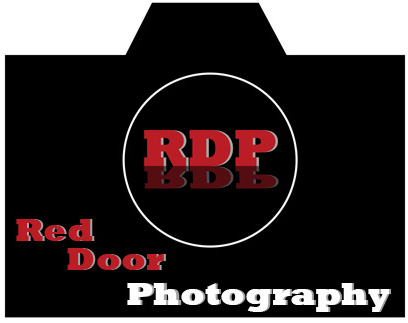
Welcome back everyone. I hope everybody enjoys the comic strip WTD. I have to tell you that It's one of my favorite comics. Today I want to do a little more on the Nikon CLS system. We've already talked about how to get the flash off of the camera. We talked about the beauty of the Radio poppers, we talked about a little technique. What we haven't talked about are those times when we need more light than one unit will provide. Say for example you are lighting a large group of people, and you have them standing in 4 seperate rows, what now? I'm going to cover that today, as well as some of the other settings availible in the wireless mode besides TTL. So lets jump right in.
In the example I gave above, you want to light a large group of people but you still want to be mobile, meaning you don't want to have to carry a heavy stobe setup on location. When you have a large group like this(more than two rows deep) you start to have problems with light falloff past the second row. This happens because of something called the inverse square law. Without getting too technical the math end of it, what you get is every time you double the distance of your subject from the light source(the flash) the light hitting the furthest subject will be 1/4 of the intensity of the light coming from the flash. So what this means to you is, the light hitting the people in the 4th row, will be 1/4 the amount of light hitting the people in the 1st row. This will result in very poorly exposed subjects in the rear. The way to combat this is increasing the amount of light you are putting out. Nikon CLS is great for accomplishing this. With the aid of a bracket similar to the one shown in the photo above, you can effectively mount two flash units with one umbrella/softbox. The really nice thing is that since the Nikon flashes are fired wirelessly you don't have to add any additional hookups or cords. All you have to do is mount it and shoot. The TTL will take care of the rest. Remember that TTL is Through The Lens metering. The meter in the camera says what the light output has to be to light the entire scene, the camera will adjust the flashes accordingly. This takes the pressure off of you as a photographer to be creative and not have to worry so much about the technical aspects. You can focus on the more important things like composition, and subject rapport.
What if you find that because of a particular color on the background, or becuase of a particular color that the model/subject is wearing TTL isn't adjusting the flash output properly? What to do then? There is a setting labeled M in the CLS controls on the master flash/camera. In this setting you can manually adjust the output of the flash from 1/1 down to 1/128. This is a lot of range for a flash. This is especially useful if the background is black/white. I ran into this very problem two weeks ago shooting the awards for gymnastics in Covington. The trick was to set the flash to M(manual) mode and adjust it accordingly. I can and will do posts on how to get the proper exposure when adjusting your flash in manual mode, but the BEST online resource I have found for this is over at the Strobist . David Hobby does the best job I have ever seen when it comes to off camera flash. There is more information on that site than I will ever know. So if you want to know how to adjust for the proper exposure and can't wait for my post on it, check that site out. There are a couple of other options on the menu of the flash, but we'll talk more about them next week. See ya tomorrow. Jason






No comments:
Post a Comment